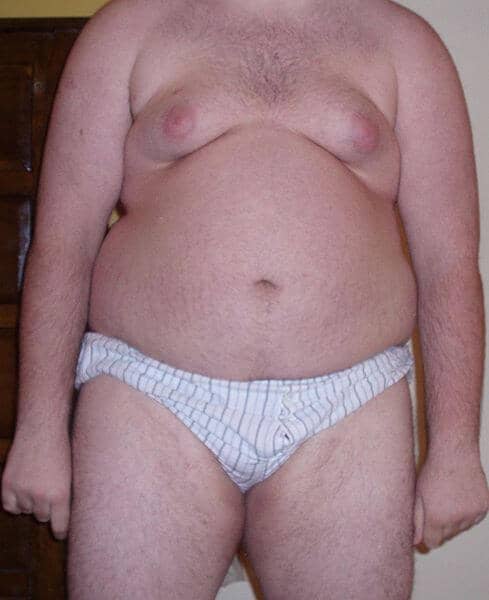Exposure to bright light could affect your metabolism, reports a new Northwestern Medicine study.
Northwestern scientists found bright light exposure increased insulin resistance compared to dim light exposure in both the morning and the evening. In the evening, bright light also caused higher peak glucose (blood sugar) levels.
Insulin resistance is the body’s inability to adequately move glucose out of the bloodstream, resulting in a buildup of blood sugar. Over time, the excess blood glucose could result in increased body fat, weight gain and a higher risk for diabetes.
“These results provide further evidence that bright light exposure may influence metabolism,” said Kathryn Reid, senior study author and a research associate professor of neurology at Northwestern University Feinberg School of Medicine.
“It’s cool that bright light has this effect, but we don’t understand why yet,” Reid said. “In theory, you could use light to manipulate metabolic function.”
Previous research by Northwestern scientists showed that people who received the majority of their bright light in the morning weighed less than those who were exposed to most of their bright light after 12 p.m. The researchers wanted to understand why. Mouse studies also have shown that mice kept in constant light have altered glucose metabolism and gain weight compared to control mice.
“Our findings show that insulin was unable to acutely bring glucose levels back to a baseline level following a meal with bright light exposure in the evening,” said first author Ivy Cheung, a postdoctoral fellow in neurology at Feinberg. “The results of this study emphasize that our lighting environment impacts our health outcomes.”
The paper was published May 18 in the journal PLOS ONE.
There is increasing evidence that light and dark exposure patterns over time impact health outcomes such as body weight and food intake. The aim of the Northwestern study was to examine the acute effects of three hours of morning or evening blue-enriched light exposure compared to dim light on hunger, metabolic function and physiological arousal.
Nineteen healthy adults were randomized to three hours of blue-enriched light exposure starting either 0.5 hours after waking (morning group) or 10.5 hours after waking (evening group). Each person’s results were compared to their dim light exposure results as a baseline. The morning group ate breakfast in the light; the evening group ate dinner in the light.
The study showed blue-enriched light exposure acutely altered metabolic function in both the morning and the evening compared to dim light. While morning and evening blue-enriched light exposure both resulted in higher insulin resistance, evening blue-enriched light led to higher peak glucose. This suggests a greater inability of insulin to adequately compensate for the increase in glucose in the evening.


